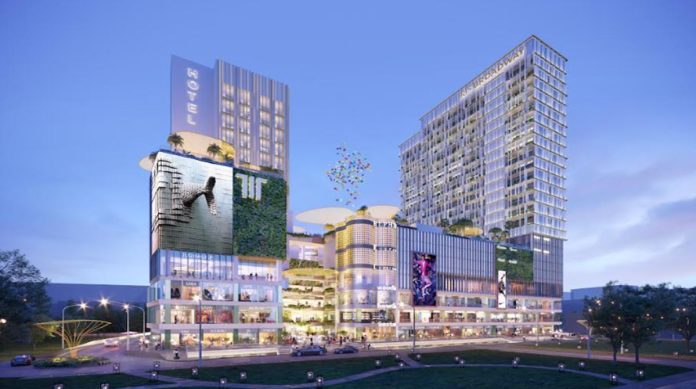India’s retail sector stands out as one of the most vibrant and swiftly-changing markets globally, propelled by a burgeoning consumer demographic, escalating urbanization, and the advent of digital technologies. Central to this evolution are two primary retail formats: high streets and shopping centers. Each format offers a unique shopping experience, yet they work in tandem to influence the purchasing behaviors and preferences of consumers nationwide. Within India’s multifaceted retail environment, both high streets and shopping centers are essential in addressing the diverse needs of consumers, enhancing foot traffic, and shaping the future landscape of retail.
A recent report by Knight Frank indicates that as of 2023, India had a shopping center inventory totaling 125 million square feet across 340 operational properties in 29 cities. This includes the leading eight markets: Ahmedabad, Bengaluru, Chennai, Hyderabad, Kolkata, Mumbai, the National Capital Region (NCR), and Pune. The shopping centers consist of institutionally-owned properties spanning various grades. Historically, Tier-I cities have been at the forefront of real estate development—encompassing residential, office, and retail sectors—accounting for 75 percent of the total gross leasable area of 11.6 million square meters across 263 shopping centers. Among these, NCR, Mumbai, and Bengaluru lead in terms of gross leasable area.
Commenting on this trend, Siddharth Katyal, CEO of Bhumika Group, remarked that Faridabad and Gurugram are emerging as two of the most vibrant hubs within the National Capital Region, each offering unique advantages. Faridabad is experiencing rapid growth in both residential and commercial sectors, bolstered by the Transit-Oriented Development (TOD) policy and infrastructure enhancements such as the Delhi-Mumbai Expressway, Regional Rapid Transit System (RRTS), and forthcoming metro lines, positioning it as a prime location for businesses and residents alike.
Also Read: Fixed Deposits: 7 banks offering more than 8% return on fixed deposits
“Gurugram, often referred to as the ‘Millennium City,’ continues to attract global corporations, multinational companies, and startups due to its superior infrastructure, expanding metro connectivity, and initiatives such as the Global City project, which enhance its status as a leading commercial center. Both Gurugram and Faridabad boast a dynamic retail environment: Gurugram’s shopping malls offer a luxurious retail experience featuring top brands and entertainment options, while Faridabad’s newly-developed retail areas provide a variety of choices. Collectively, these cities are shaping the future of the NCR, seamlessly integrating work, lifestyle, and leisure into a cohesive urban experience,” Katyal added.
» Read More


